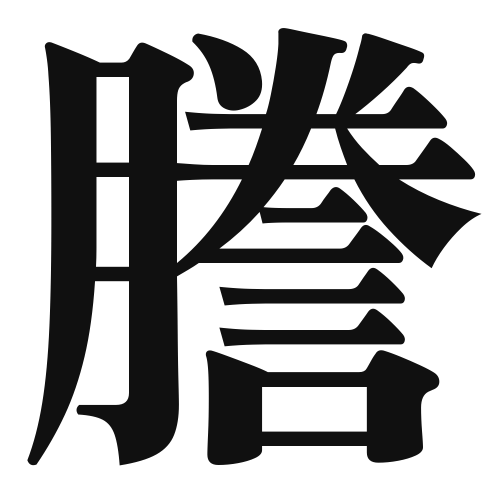1. Overview of Meaning
The kanji “謄” (tō) primarily means “to transcribe” or “to copy.” It is often used in contexts related to documentation and record-keeping.
2. Formation and Radical
Formation of the Kanji: The kanji “謄” is a phonetic compound (形声文字) that combines the radical for “speech” (言) with the phonetic component “登” (tō), which means “to ascend” or “to climb.” This combination suggests the act of conveying or copying spoken words.
Radical: The radical of “謄” is 言 (gen), which relates to speech or language.
3. Examples of Usage
Common Words and Phrases:
- 謄本 (tōhon) – a certified copy of a document
- 謄写 (tōsha) – transcription or copying
Example Sentences in Daily Conversation:
- この書類の謄本を作成してください。 (Please create a certified copy of this document.)
- 彼は会議の内容を謄写しました。 (He transcribed the contents of the meeting.)
4. Synonyms and Antonyms
Similar Kanji:
- 写 (sha) – to copy or photograph, which emphasizes the act of reproducing an image rather than text.
- 記 (ki) – to record, which focuses more on writing down information rather than copying it.
Antonyms:
- 消 (shō) – to erase or delete, which is the opposite of copying or transcribing.
5. Cultural and Historical Background
Relation to Japanese Culture: The act of transcription has been historically significant in Japan, especially in the context of preserving literature and legal documents. The kanji “謄” reflects the importance of accurate record-keeping in Japanese society.
Proverbs and Idioms: While there may not be specific proverbs that include “謄,” the concept of careful transcription is often emphasized in discussions about education and documentation in Japanese culture.
